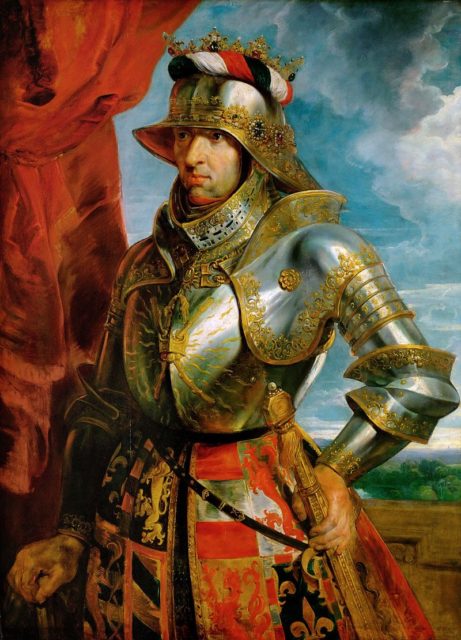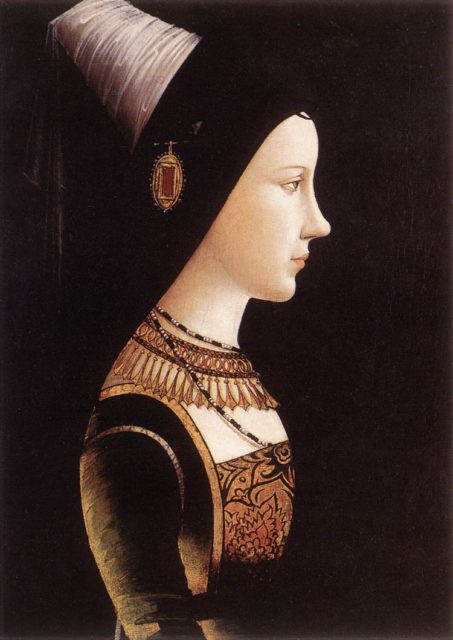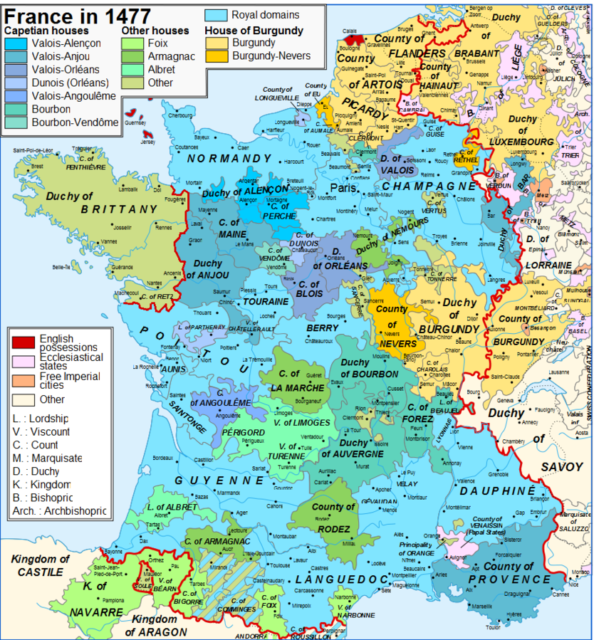Adolescence
The ascent of the reigning family of Luxembourg to the Imperial throne, brought great prestige and honor to the city but little more besides that. The counts wandered farther and farther from home and concerned themselves almost exclusively with the affairs of the Empire. Henry VII‘s son John the Blind took over as count of Luxembourg in 1309 and as King of Bohemia a year later.
Although he moved the dynasty’s official seat to Prague Castle he compensated the city with the reinforcement of its fortifications a few years later. After John died in 1346 in the Battle of Crécy against the English he was buried in the Altmünster Kloster in Luxembourg. His greatest legacy to the city the local feast of the Schueberfouer, starts in the eve of St Bartholomew’s feast and lasts for a full eight days.
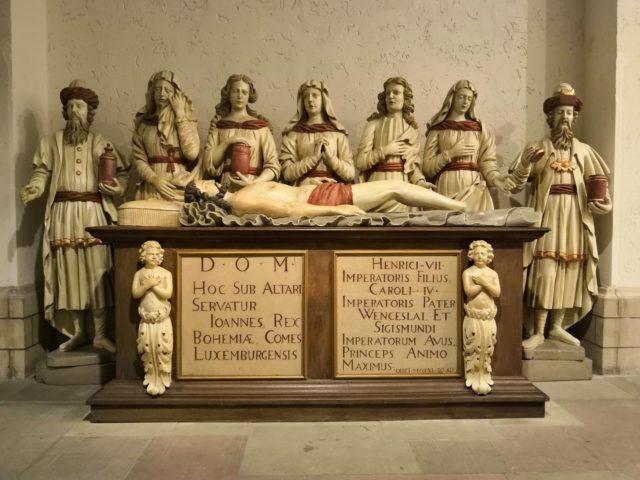

Luxembourg remained an independent fief of the Holy Roman Empire until 1353 when the next Emperor from the House of Luxembourg, Charles IV, raised its status to that of a duchy for his half-brother Wenceslaus I.
The duchy kept its status for almost a hundred years until in 1443, Philip the Good, Duke of Burgundy of the French House of Valois, launched a surprise night attack and took hold of the city and the state from Elisabeth of Görlitz, (Duchess of Luxembourg from 1411). Two years earlier he had signed a treaty with her, that secured his right to her title and lands upon her death. He couldn’t wait that long. Elisabeth of Görlitz was expelled from Luxembourg and the Duchy became a Valois fief.
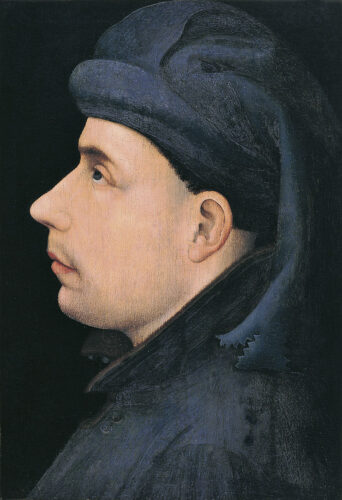
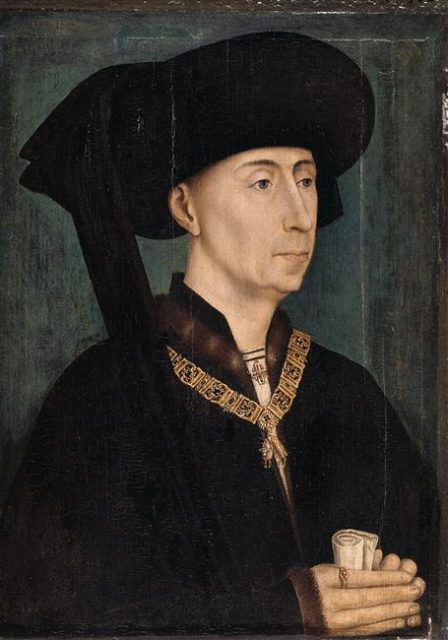
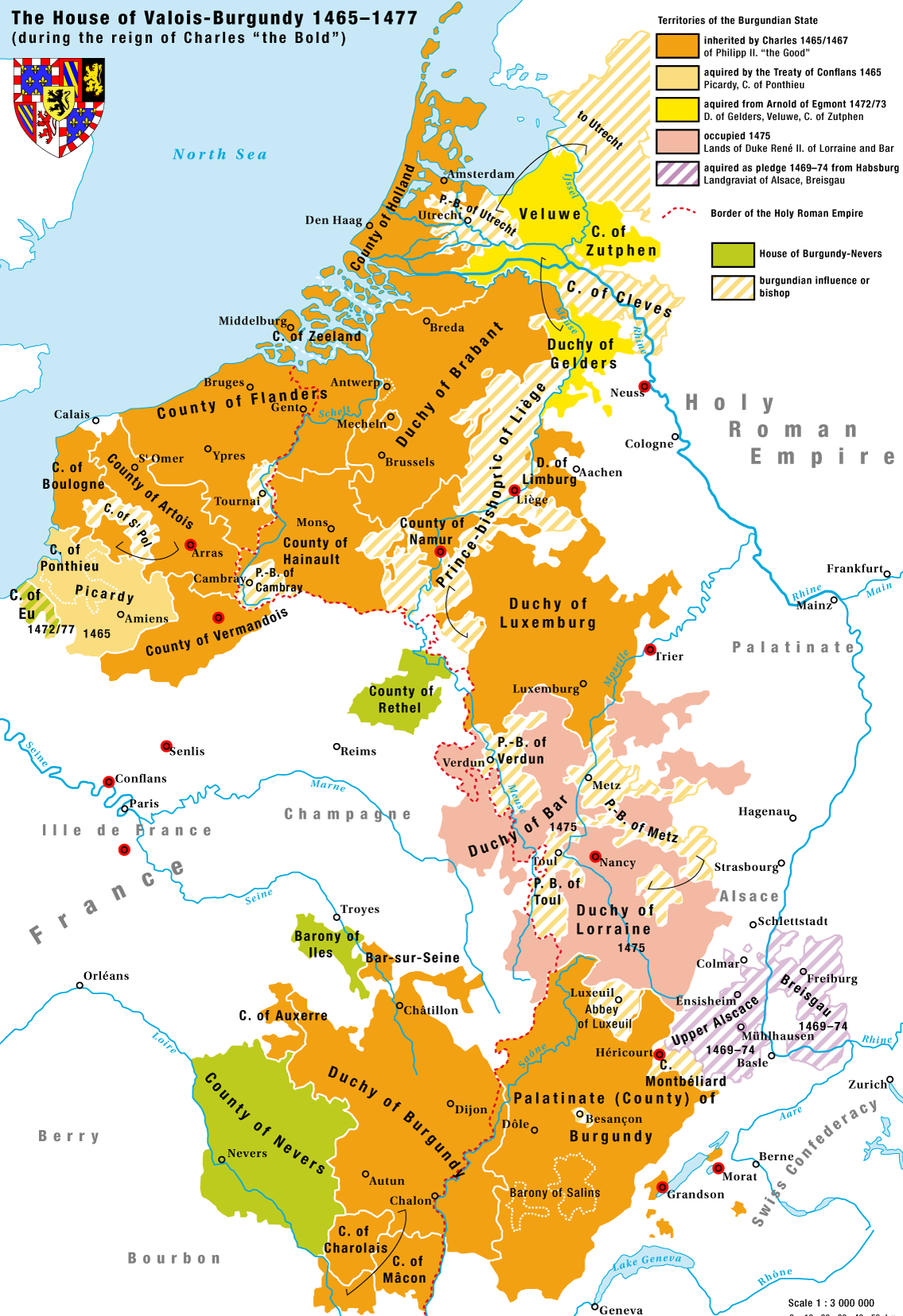
The early death of Philip’s son and successor Charles the Bold at the Battle of Nancy without a previous procurement of a male heir , reshaped the European map with the Valois (or Burgundian ) territories divided between the Kingdom of France and the Habsburg Empire. Luxembourg went to the Habsburgs after the marriage between Maximilian of Austria (the Emperor’s son) & Mary of Burgundy (the daughter of Charles the Bold).
